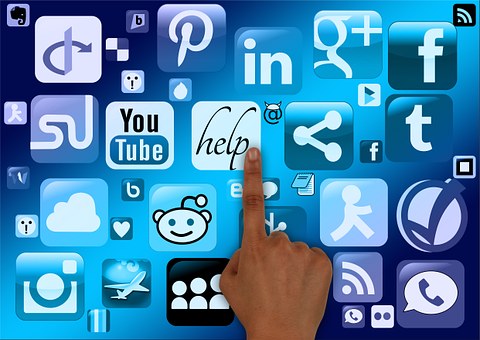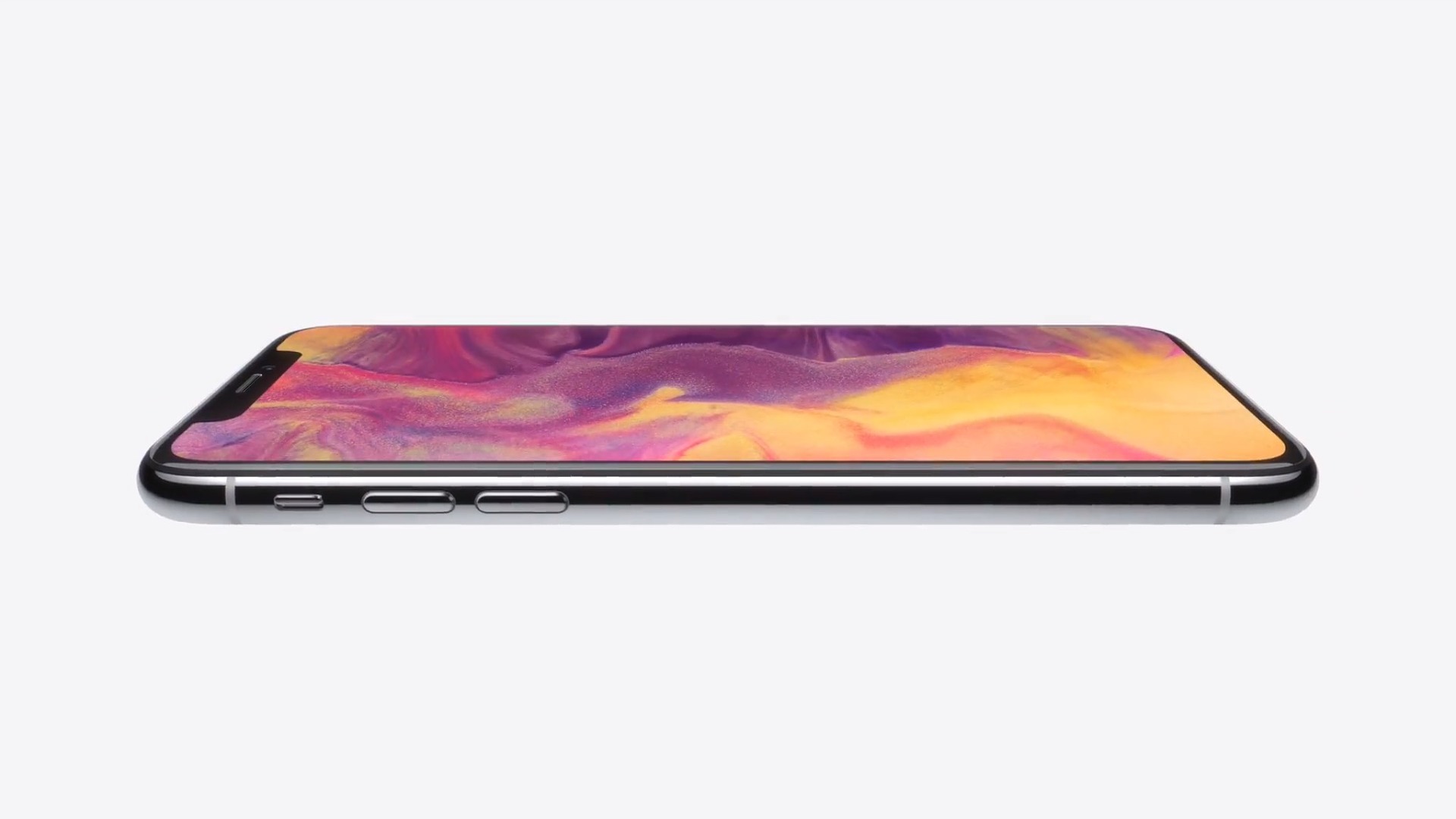Compulsive hoarding is a psychiatric disorder that is characterized by a person’s inability to dispose of excess or unused items to the point where it begins inflicting upon the person life and living space. Shows like Hoarders brought this disorder to the forefront the of popular culture, which showed the trials and tribulations of those effected by compulsive hoarding.
However, a new iteration of hoarding has emerged in the last decade in the form of digital hoarding. Similar to its physical counterpart, digital hoarding is amassing various text messages, emails, pictures, GIFs, memes and videos that have long outlived their usefulness to the point of reaching data capacity.
We have all been there where we play that game once we run out of storage space on our smartphone and we have to decide which apps to ax and which photos to delete. Prior to my current phone, anytime I wanted to download a new app, album, book or whatever media it was, I had to make these painful decisions on what data to part ways with. Playing this game gets more and more difficult when you have to decide yet again which items to delete that were too precious to scrap the first time.
Based on a survey by Western Digital, 62-percent of Americans have to delete older files and apps in order to make room for new data. Also, 40-percent say that they have items on their phones that they rarely use or access and 52-percent of respondents said that they have or are willing to pay for additional storage for their digital trinkets.
It safe to say that at some point our data storage problem as had a toll on our life and even our wallet if you are upgrading your cloud storage or, in extreme cases, buying a whole new computer to offload data when your device is full.
The big tech companies like Google and DropBox are also helping feed into this digital hoarding by offering cheaper and cheaper means to provide additional storage space via cloud technology. Data has value while storage is very cheap to offer. Also, the recent generation of smartphones have opted for going with the larger storage capacities and doing away with the 16GB and 32GB models.
Much like the other untended consequences of the digital age, like smartphone addiction and privacy issues, digital hoarding has not been around long enough to fully understand the effects it has on individuals. Since this is a fairly new condition, there hasn’t been a generation of humans that can be studied, so we just have to sit back and watch and real time what could be lingering side effects of this technology overload. It is growing problem that is increasing anxiety and stress upon those who are afflicted by it.
While the consequences of digital hoarding are mostly abstract, they may appear to be an inconvenience rather than a debilitating psychological condition like physical hoarding is. But as our devices become more and more ingrained in our lives, digital hoarding is poised to worsen.



1 Comment
I solved the storage problem on my wife’s phones, it is called Bluetooth. I have an older Desktop box, I stuck a new ASUS P8P67 Pro Motherboard in it, an Intel I5 CPU and 8 GB ram and several 2 TB disks and put Linux Mint 19 Tara Cinnamon on it as an OS. Now she brings her phone in my room and in about 5 minutes, her photos and videos are stored on the Hard drive in a Folder bearing her name. That NAS box hooks to one of my Desktop Monitors and I can view what is happening as she put her stuff on the drives,